The Bunting is actually a group of birds in the Emberizidae family. They are small birds with stubby bills, which look like North American sparrows.
Scientists recognize 45 different species of these birds across four different taxonomic genuses. Most are in the Emberiza genus, though there are two species in Plectrophenax, and a single species in Miliaria, Melophus, and Latoucheornis. Read on to learn about the Bunting.
Description of the Bunting
Buntings vary in plumage color and size, though most are shaped quite similarly. Most species are about five or six inches long, and weigh about an ounce or so.
Their plumage comes in a wide variety of colors, color combinations, and patterns. Some of the different feather colors include black, red, white, grey, brown, cream, yellow, and more. Some of these birds are solid in color, while others have barring or similar patterns on their feathers.
Interesting Facts About the Bunting
There are many different, and interesting, species of Bunting. Learn more about some individual species and their quirks below.
- Snow Bunting – Snow Buntings really live up to their name! Even though they migrate to their Arctic breeding grounds in the spring, males arrive early to pick the best nesting spots. The males brave subzero temperatures to impress potential mates in the following month.
- Yellowhammer – Yellowhammers are bright yellow birds with brown markings across their backs and wings. These little birds live across Eurasia, and are pretty common. Their song is quite beautiful, and even composers like Beethoven were influenced by their vocalizations!
- Golden-Breasted Bunting – This species has a beautiful yellow chest and breast. They live in portions of Africa, and there are several different subspecies. This species is well known for being surprisingly tame.
Habitat of the Bunting
These birds live in a wide range of habitats across many different regions. Some of the different ecosystems that they inhabit include grassland, tundra, desert, woodlands, wetlands, marshes, scrublands, and more.
They live everywhere from sea level to mountainous regions. Different species live everywhere from frigid polar habitats to arid deserts and tropical regions.
Distribution of the Bunting
Buntings live throughout many different areas. Different species have different distributions and ranges. They primarily live throughout Eurasia and Africa. Some species live across vast regions. Other species live in just a small region, or a few scattered regions. The distribution varies from species to species.
Diet of the Bunting
Most Buntings are omnivores, and eat a wide variety of plants and small invertebrates. Their diets usually contain seeds, grains, berries, nuts, and insects. Outside of the breeding season they eat mostly seeds and berries.
While they are breeding and raising young, they hunt for insects and invertebrates like spiders, flies, crickets, grasshoppers, and more. The exact diet and preferences vary based on the species and the region that they live in.
Bunting and Human Interaction
Human interaction varies widely from species to species. Some species utilize manmade structures and birdfeeders, while other species suffer from human encroachment.
Habitat loss is usually a primary cause for population decline. Each individual species varies in its population levels. Some species face greater threats from human interaction than others, while others are quite common and widespread.
Domestication
Humans have not domesticated Buntings in any way.
Does the Bunting Make a Good Pet
Some people do keep certain Bunting species as pets. However, they are not nearly as common as finches, parakeets, or cockatiels. The vast majority of these birds do not make good pets, and it is illegal to keep some species as pets.
Bunting Care
In zoos, these birds generally live in large, aviary-style enclosures. They live in these large aviaries with a variety of other small bird species. Most aviaries contain a variety of trees, bushes, shrubs, and water features to explore.
Their diet varies from species to species, but most zookeepers feed them a variety of insects, berries, fruits, seeds, and pelleted insectivore diet. Some species are also involved in conservation and breeding programs.
Behavior of the Bunting
Each species of Bunting behaves slightly differently. In most species, the males are quite vocal, and sing to proclaim their territories.
Males defend their territories by chasing away intruders, and breeding pairs work together to drive away threats. They hold these territories during the breeding season, but many species are social during the wintertime, especially while migrating.
Reproduction of the Bunting
Though each species has slightly different reproductive strategies, most are monogamous seasonally. A pair works together to raise their young, but does not necessarily choose the same partner the next year.
Most females lay between three and five eggs per clutch, though each species is different. Normally the female takes all incubation duties. Most species have an incubation period of about two weeks or so, and the young begin flying when they are less than two weeks old.



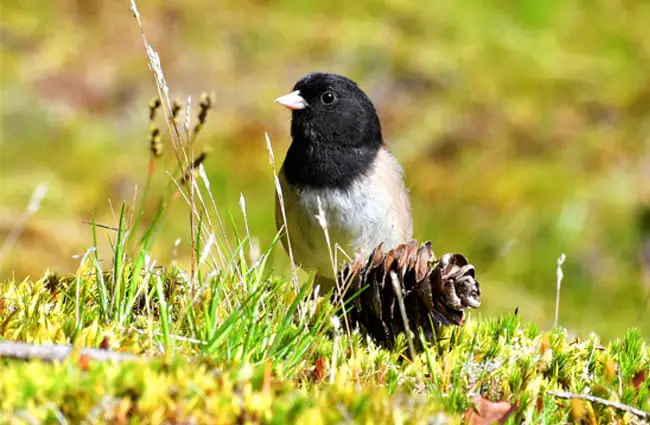
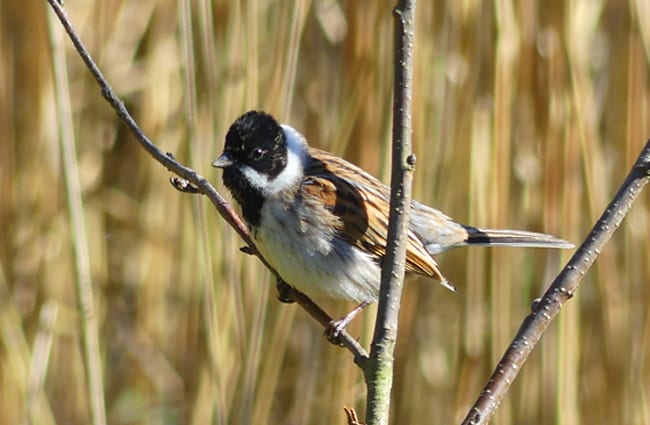
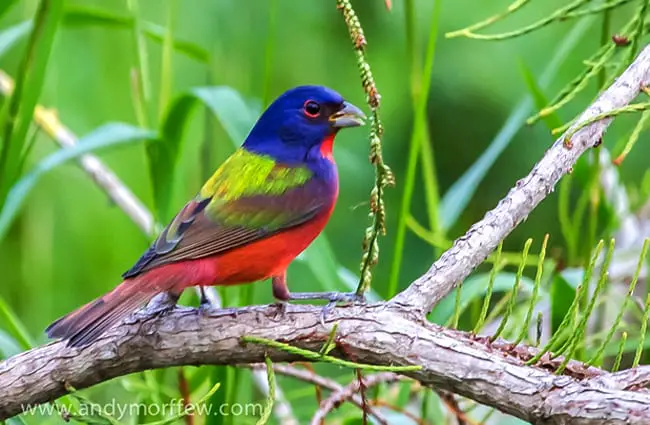
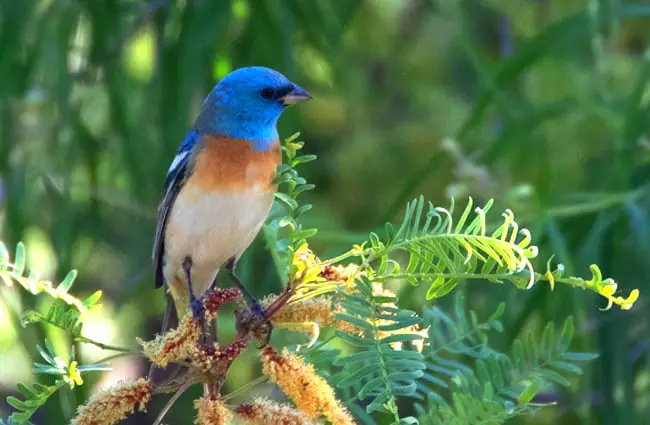



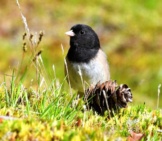
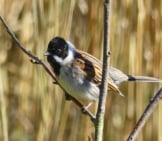
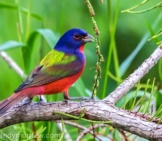
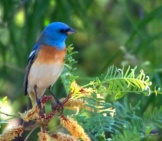
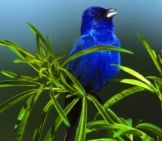
![Red Angus Closeup of a beautiful Red Angus cowPhoto by: U.S. Department of Agriculture [pubic domain]https://creativecommons.org/licenses/by/2.0/](https://animals.net/wp-content/uploads/2020/03/Red-Angus-4-238x178.jpg)












![Red Angus Closeup of a beautiful Red Angus cowPhoto by: U.S. Department of Agriculture [pubic domain]https://creativecommons.org/licenses/by/2.0/](https://animals.net/wp-content/uploads/2020/03/Red-Angus-4-100x75.jpg)

